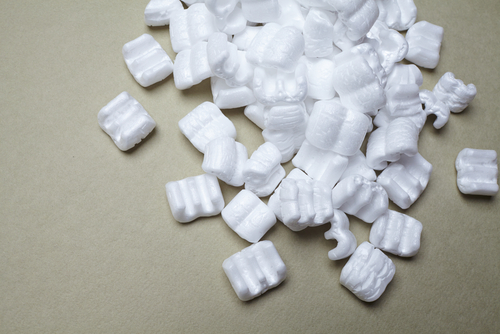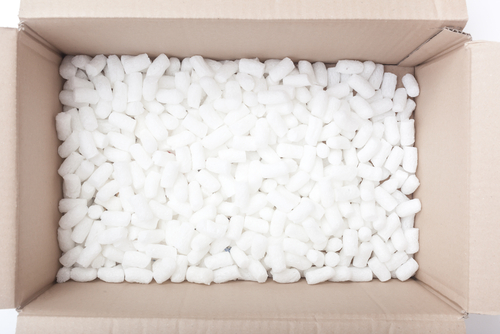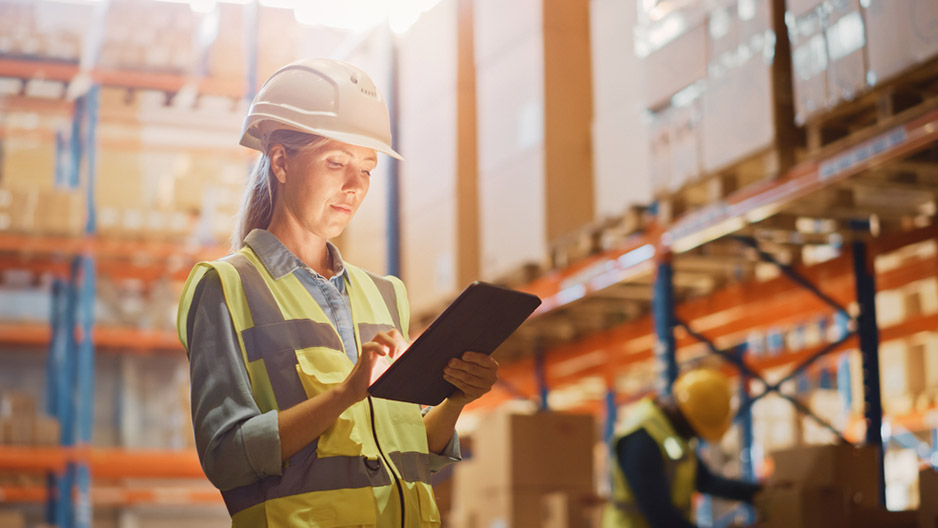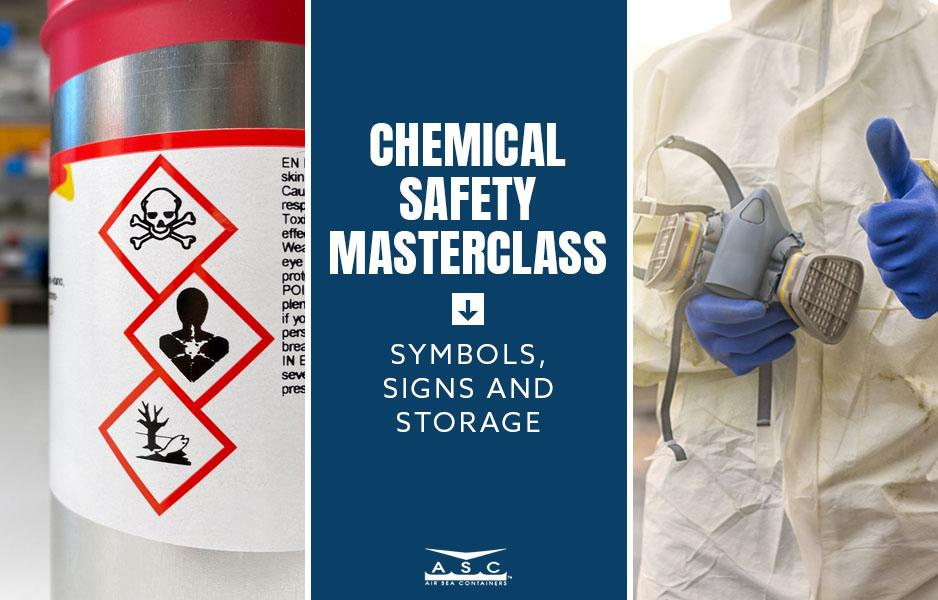What is Styrofoam?
“Styrofoam” is a term for an insulation product trademarked by Dow Chemical, but the term Styrofoam is casually used to identify many types of foam materials. ‘Foam #6,’ ‘expanded foam,’ ‘polystyrene foam,’ and simply ‘foam’ are alternate terms used interchangeably to identify Styrofoam-like materials.
Since a given volume of Styrofoam is approximately 95% air, it is ideal for a lightweight protection container that does a great job of shielding fragile items from breakage during travel. However, all foam products are made from polystyrene, which is a petroleum-based product. DVD cases and plastic forks are examples of solid polystyrene (plastic).
Where is Styrofoam Used?
Many people are familiar with foam coolers. But, many other recyclable Styrofoam products are regularly used in both residential and commercial applications. Styrofoam keeps temperatures stabilized, it provides a moisture resistant surface and is soft, yet firm, making it a great packing material.

Styrofoam peanuts are often found tucked into shipping packages to provide a cushion for the fragile products within. However, Styrofoam peanuts don’t provide much temperature or moisture protection. When either temperature retention or moisture prevention are desired, a Styrofoam box or cooler is often used instead.
Additionally, Styrofoam is used in many ways in many homes. The most recognizable uses of Styrofoam at home are usually disposable coffee cups and kitchen plates. Yet, many other common household items are occasionally made from foam. Some picture frames and decorative interior moldings are made from foam #6. Also, foam #6 can be made into garden containers, egg cartons, pen casings, and even rulers.
So, while you’re getting your foam cooler ready to recycle, consider gathering some other foam recyclables to take along as well, especially if you use a lot of cups, plates and bowls.
Why Is Recycling Styrofoam Important?
Like other plastic products, foam products are not easily biodegradable. Unlike other plastic products, however, recycling foams can be challenging, since foam recycling is not yet integrated into many community recycling programs and initiatives. Nevertheless, recycling foam is important when considering the negative environmental impacts of loose foam trash.
Animals and Ecosystems
Since animals and ecosystems are affected by plastic waste, recycling Styrofoam is important for the environment. Although foam plastics accounts for only a fraction of plastic waste, it is largely neglected when recycling.
Apart from some bacteria that may be evolving to consume plastics, Styrofoam is only biodegradable when treated with certain solvents. Without the solvent, over time weathering will simply break the plastic down into smaller parts.

Once the parts are small enough, they can be consumed by opportunistic wildlife. The ingestion of plastic particulates is both carcinogenic and obstructive to the biological function of the wildlife that consumes it. Most living species have already been found with plastics in their digestive systems, and in some cases, the blockages were bad enough to cause death.
Preserves Natural Resources
Petroleum is a valuable natural resource. Luckily, Styrofoam is easy to recycle since it is a thermoplastic material. Essentially, it can be infinitely recycled. Since petroleum is needed for many other applications, such as fuel, it should be important to recycle foams to avoid consuming finite resources.
The land is another valuable natural resource, and the more landfill space is needed, the more valuable land space becomes. Recycling Styrofoam conserves landfill space, thereby preserving land space in general, which is yet another benefit of recycling Styrofoam.
When compacted, the issues of space are lessened. However, compaction methods are often practiced more often by facilities that handle and recycle foam, not as much by most general municipal disposal facilities. In fact, some estimate foam could occupy almost 30% of worldwide landfill space by volume.
Stimulates the Local Economy
Recycling Styrofoam stimulates local economies by creating jobs. As foam recycling initiatives continue to rise, so do the facilities needed to collect, store, and process those recyclable materials. This, in turn, helps create jobs that stimulate the local economy.
Currently, there are many facilities that participate in recycling Styrofoam. Some facilities offer curbside pickup service, while other facilities require individual deposits. The materials accepted by each facility also vary, so check with each facility individually to determine any restrictions on what they accept.
In Conclusion
It’s getting easier to recycle foam, and technologies make it simpler to process recycled foams so that they can be used for something else. Foam compacting equipment has smaller equipment size and larger compaction pressures making them more attractive to recycling facilities.
This makes it even more important to recycle Styrofoam, because these industries need the support of recyclers to succeed.











